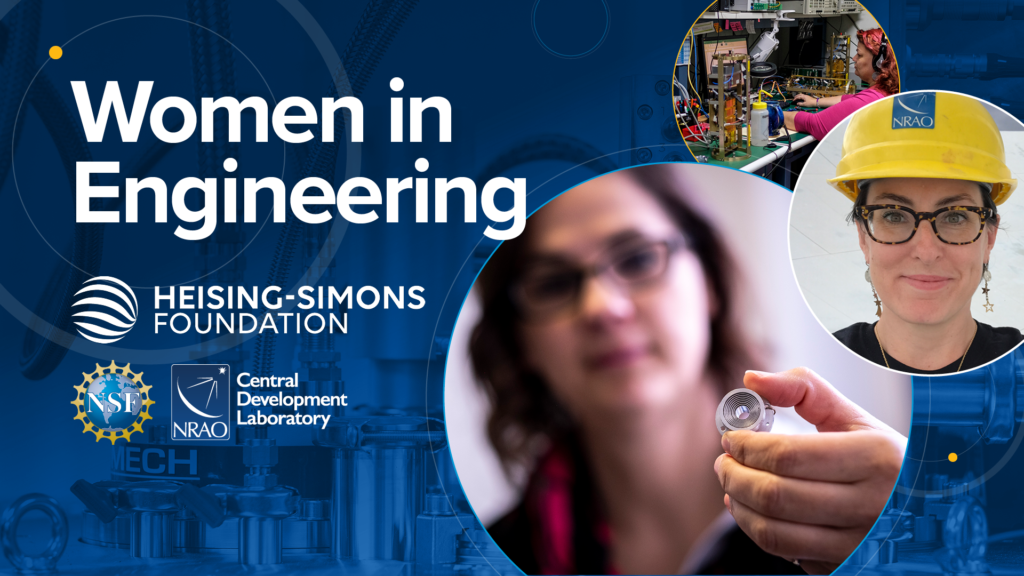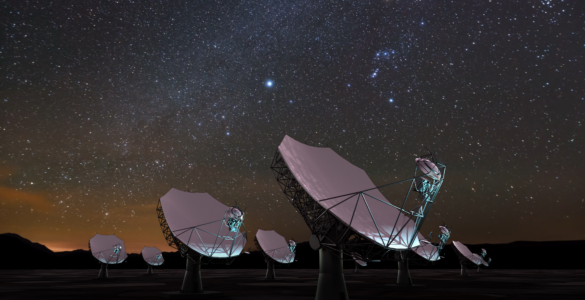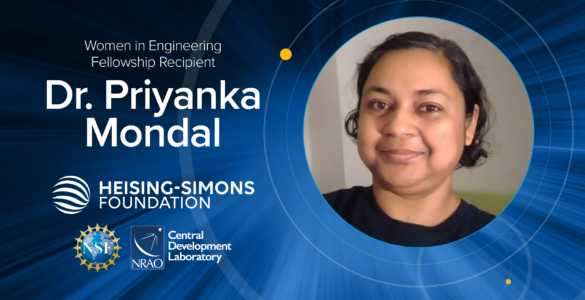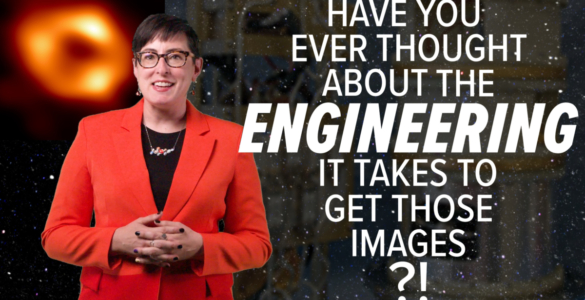Following a generous grant from the Heising-Simons Foundation, the Central Development Laboratory (CDL) at NSF’s National Radio Astronomy Observatory (NRAO) will soon launch an ambitious Women in Engineering program that will increase opportunities for women to enter the field of radio astronomy through engineering pathways. The program will include a postdoctoral fellowship and a co-op program for undergraduate and graduate students.
As part of NRAO’s ongoing commitment to women in engineering, the new fellowship program will support outstanding postdoctoral women engineers whose research is related to the organization’s mission. These fellows, who will be granted two-year appointments, will spend up to 75 percent of their time on self-directed research while also contributing to the Observatory’s development and delivery of radio astronomy techniques, capabilities, or education and public outreach activities. The co-op program will provide six-month laboratory work experiences for graduate and undergraduate women engineering students, giving them the opportunity to contribute to and learn from ongoing research and engineering projects. The CDL team additionally hopes that at least some of the fellows and co-op students from the program will go on to permanent employment with NRAO.
“It is an exciting time to be working for NRAO. Our technology plays an important role in headline-making discoveries in astronomy, including the recent imaging of the black hole at the center of our galaxy. And in order to keep doing that work we need to find and elevate the best of the best in science and engineering,” said Bert Hawkins, Director of CDL. “This grant will allow CDL to encourage more women to embark on engineering careers in radio astronomy, and will positively impact the development of the technology that will make tomorrow’s headlines. We are grateful to the Heising-Simons Foundation for this opportunity and look forward to working with them in establishing the Women in Engineering program at CDL.”
The CDL Women in Engineering program will build upon the insights from the landmark 2012 study, “Stemming the Tide: Why Women Leave Engineering,” by creating stimulating, rewarding, and positive work experiences that both value and encourage contributions from women in engineering fields. This type of early positive engagement has been shown to increase the likelihood that women will both enter and remain in the field, bringing diverse viewpoints to the ever-changing needs of engineering projects. The $725,000 Heising-Simons Foundation grant will allow NRAO for the initial development and maintenance of the Women in Engineering Program during its first two years.
NRAO Director Tony Beasley said, “Diverse viewpoints and expertise are what keeps NRAO at the forefront of engineering in radio astronomy. NRAO is excited to work with the Heising-Simons Foundation to expand our commitment to making radio astronomy and engineering a positive and growth-oriented career path for women.”
About the Heising-Simons Foundation
The Heising-Simons Foundation is a family foundation based in Los Altos and San Francisco, California. The Foundation works with its many partners to advance sustainable solutions in climate and clean energy, enable groundbreaking research in science, enhance the education of our youngest learners, and support human rights for all people.
About NRAO
The National Radio Astronomy Observatory (NRAO) is a facility of the National Science Foundation, operated under cooperative agreement by Associated Universities, Inc. Furthering NSF’s mission to advance the progress of science, the NRAO enables research into the Universe at radio wavelengths and provides world-class telescopes, instrumentation, and expertise to the scientific community. NRAO’s mission includes a commitment to broader, equitable, inclusive participation in science and engineering, training the next generation of scientists and engineers, and promoting astronomy to foster a more scientifically literate society. NRAO operates three research facilities: the Atacama Large Millimeter/submillimeter Array (ALMA), the Karl G. Jansky Very Large Array (VLA), and the Very Long Baseline Array (VLBA), which are available for use by scientists from around the globe, regardless of institutional or national affiliation. NRAO welcomes applicants who bring diverse and innovative dimensions to the Observatory and to the field of radio astronomy. For more information about NRAO, go to https://public.nrao.edu.
Media Contact:
Amy C. Oliver
Public Information & News Manager, NRAO
434-242-9584
aoliver@nrao.edu











